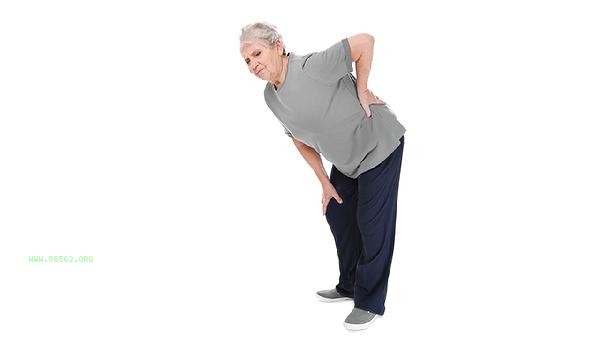The main methods to relieve muscle fatigue after exercise include alternating cold and hot compresses, moderate stretching, supplementing water and electrolyte, ensuring adequate sleep, and relaxing with foam shaft.

1. Alternating cold and hot compress
Within 48 hours after exercise, ice packs can be used to reduce inflammatory reactions. Wrap an ice pack around a towel and apply it to the sore area for 10-15 minutes. After 48 hours, switch to hot compress and use a hot towel or warm water bag to promote local blood circulation. The temperature should be controlled at 40-45 degrees Celsius. Alternating between hot and cold can effectively alleviate delayed muscle soreness, but people with sensitive skin should pay attention to preventing frostbite or burns.
2. Moderate Stretching
Static stretching after exercise can improve muscle flexibility, with each movement lasting 15-30 seconds, focusing on stretching large muscle groups such as quadriceps, hamstring, and gastrocnemius. Maintain natural breathing during stretching to avoid muscle strain caused by bouncing stretching. The baby pose, cat and cow pose and other movements in yoga can also help relax tight muscle fibers.
3. Supplement water and electrolytes
Within 2 hours after exercise, supplement electrolyte drinks containing sodium and potassium to help restore fluid balance. You can drink light salt water or sports drinks with a sugar content of less than 6%, and pair them with potassium rich foods such as bananas and oranges. Add 10-15 milliliters of water per kilogram of body weight, and drinking small amounts multiple times is more conducive to absorption, avoiding the burden on the kidneys from drinking large amounts of water at once.

4. Ensure adequate sleep
During the deep sleep stage, the human body secretes growth hormone to promote muscle repair. It is recommended to maintain 7-9 hours of continuous sleep. Avoid using electronic devices one hour before bedtime and keep the bedroom temperature between 18-22 degrees Celsius. Those who have the conditions can take a 20 minute nap, but it should not exceed 30 minutes to avoid affecting the quality of nighttime sleep.
5. Relax the foam shaft
Use the foam shaft to self massage the muscle fascia, slowly roll each part for 1-2 minutes, and focus on the treatment of tension prone areas such as quadriceps femoris and iliotibial tract. Use core strength to control the body while rolling, avoiding bones and joints. First time users can start from soft foam shaft and gradually transition to hard model.

In addition to the above methods, change dry clothes promptly after exercise to avoid wearing sweaty clothes that can cause a sudden drop in body temperature. Increase the intake of high-quality protein in diet, such as eggs, chicken breast, etc., to help muscle repair, and supplement glycogen reserves with whole grains. It is recommended to arrange a 24-48 hour recovery period after moderate to high-intensity exercise, during which low-intensity activities such as walking and swimming can be carried out to promote the clearance of metabolic waste. If muscle pain persists for more than 72 hours or joint swelling occurs, seek medical attention promptly to rule out sports injuries such as muscle strains.








Comments (0)
Leave a Comment
No comments yet
Be the first to share your thoughts!